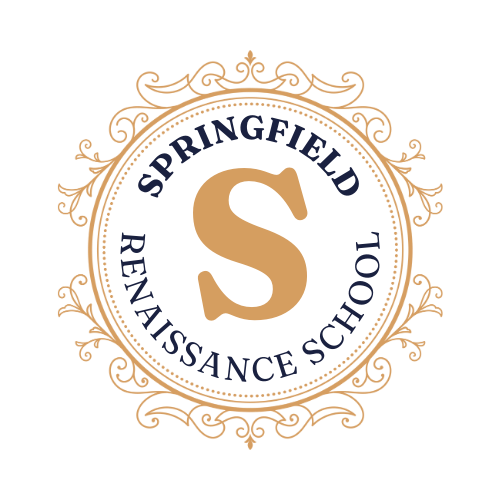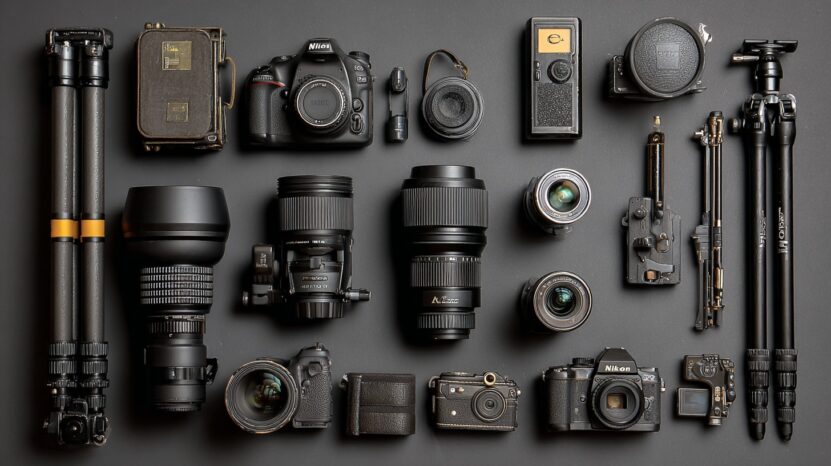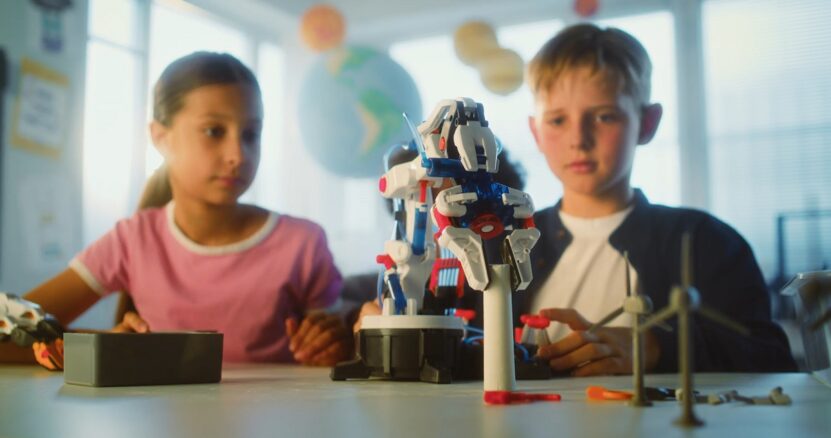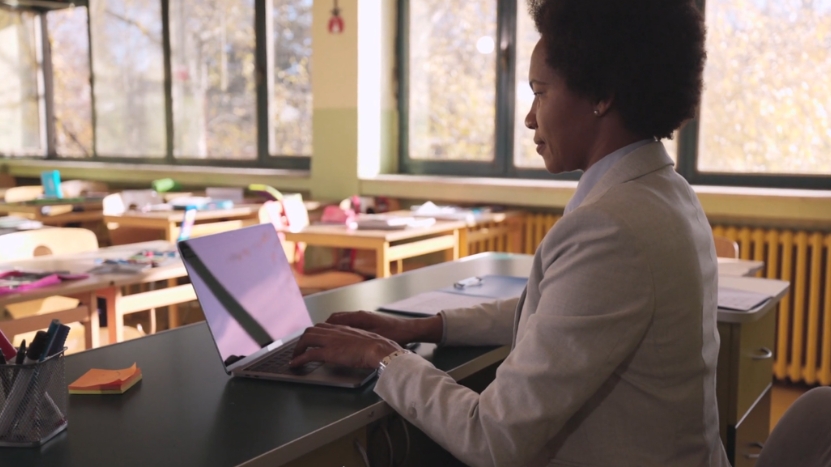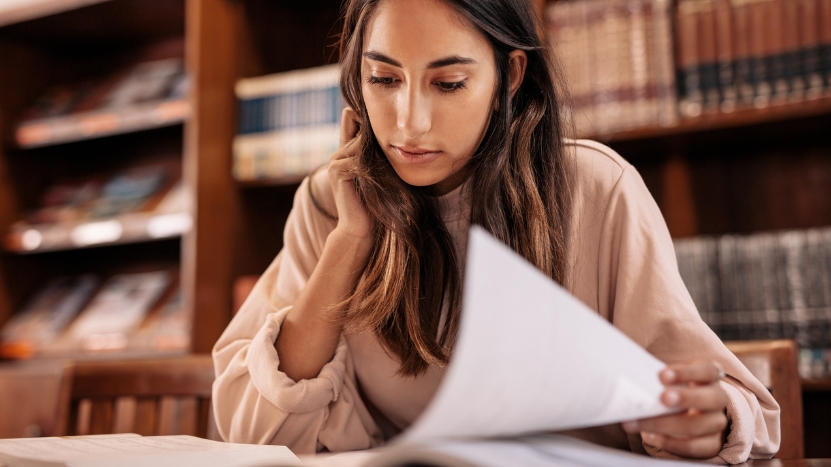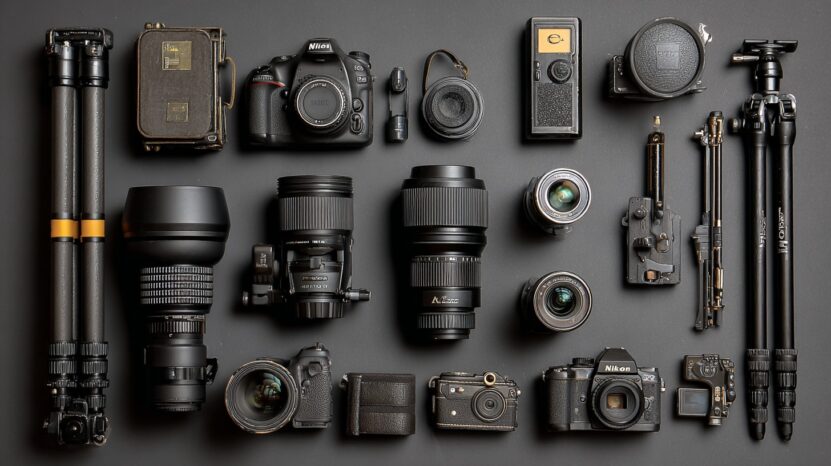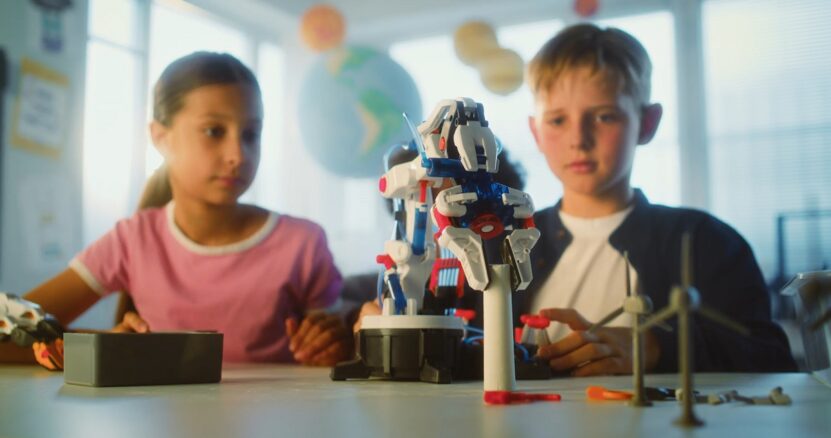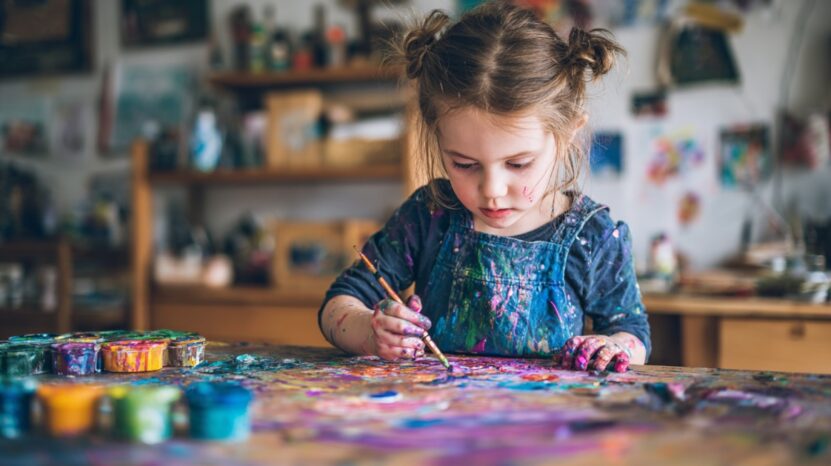
Share Post:
Problem-solving serves as a foundation for academic and personal growth in education.
Creative subjects like painting play a vital role in developing skills that go far beyond producing beautiful artwork.
When students engage in painting, they sharpen their critical thinking skills, adapt to challenges, and collaborate effectively.
Painting nurtures these abilities by engaging children in decision-making, planning, experimentation, emotional expression, and teamwork, setting them up for greater success in other areas of learning.
Cognitive Benefits of Painting
Engaging in painting offers more than the production of aesthetically pleasing work.
It activates multiple areas of the brain, encouraging the development of both analytical and creative thinking.
Each brushstroke, color choice, and adjustment becomes a small exercise in problem-solving, preparing students to face complex academic and life challenges.

Enhancing Decision-Making Skills
Decision-making plays a major role in the painting process.
Every aspect, from the selection of tools to the positioning of elements, involves judgment.
Children sharpen their ability to assess options, predict results, and commit to decisions, all while learning to adapt if the outcome is unexpected.
Paint kits by Number Artist can be particularly useful, offering a structured yet flexible environment that encourages creative choices without overwhelming beginners.
Over time, the practice of making artistic decisions becomes a transferable skill that improves critical thinking in academic and real-world scenarios.
- Choosing color palettes that align with the intended mood or theme
- Arranging shapes and subjects to achieve balance or focus
- Adjusting designs mid-process when the original plan changes
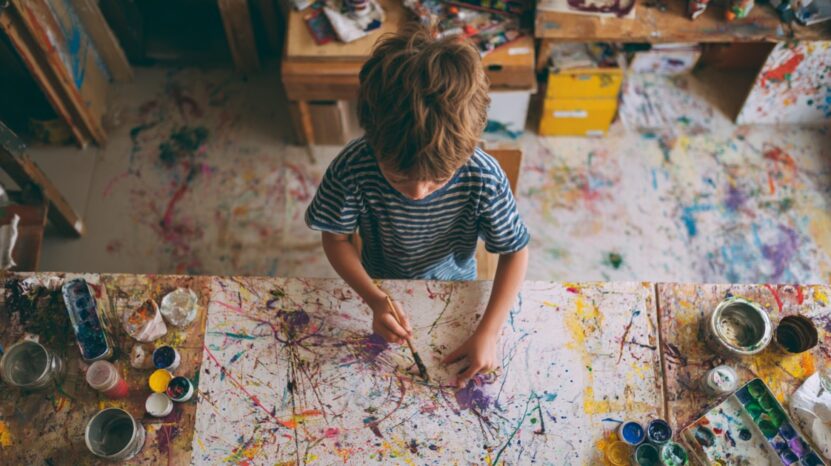
Fostering Logical and Visual-Spatial Thinking
Working with patterns, symmetry, and proportions in painting helps develop logical reasoning and spatial awareness.
These skills mirror those used in mathematics, engineering, and science, making artistic practice a strong supplement to academic growth.
Students learn to visualize relationships between objects, think about proportion and scale, and create harmonious compositions.
- Organizing elements so the composition feels balanced
- Recognizing repeating patterns and applying them effectively
- Translating abstract ideas into visual forms that communicate clearly
The act of planning a visual layout strengthens the connection between creative processes and analytical reasoning, reinforcing problem-solving skills across disciplines.
The Role of Planning and Strategy
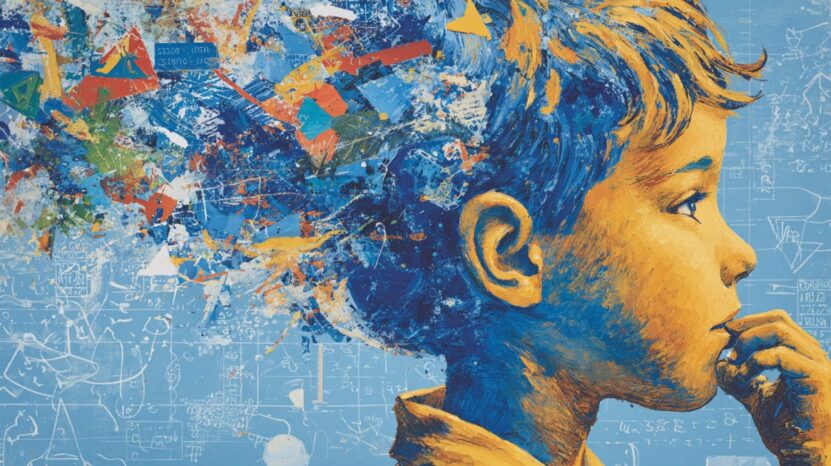
Approaching a painting without preparation often leads to missed opportunities for refinement.
A structured approach builds habits that extend into other areas of learning.
Students gain experience in envisioning an end result and determining the necessary steps to achieve it.
Learning to Plan Ahead
Visualizing the completed artwork, organizing materials, and determining the sequence of tasks help children practice time management.
They discover how to allocate their energy and attention effectively to meet deadlines and produce quality results.
- Sketching ideas before applying paint
- Deciding on the order of colors and layers
- Setting aside time for each phase of the process
Developing Incremental Problem-Solving Skills

Painting provides repeated opportunities to solve problems in stages.
Students may begin with broad shapes, move into detailing, and later refine with shading or texture.
Each stage allows for evaluation, adjustment, and improvement.
Encouraging Flexibility and Experimentation
Adaptability becomes second nature when working with paint. An unplanned mark or unexpected blending effect can lead to new creative directions.
Children learn to embrace unforeseen changes, turning them into productive outcomes.
This resilience builds confidence and resourcefulness, helping them approach future problems with an open mind and be more careful to not make mistakes.
- Altering compositions when space or proportions shift
- Experimenting with color mixing to achieve fresh results
- Repurposing mistakes into creative design elements
Emotional and Social Dimensions
Art fosters not only intellectual growth but also emotional and interpersonal development.
Painting can serve as a safe space for self-expression while building social skills through collaboration.

Emotional Intelligence through Artistic Expression
By translating emotions into visual form, children learn to recognize and process their feelings.
They also develop empathy when they interpret others’ artwork, seeing how different people express similar experiences.
Collaboration and Communication in Group Art Projects
Working as part of a team on murals or collective pieces teaches students how to negotiate roles, merge ideas, and reach compromises. They practice listening attentively and communicating their visions in ways that benefit the entire group.
- Encouraging cooperative problem-solving
- Strengthening leadership and listening skills
- Developing respect for others’ perspectives
Integration with Broader Educational Goals
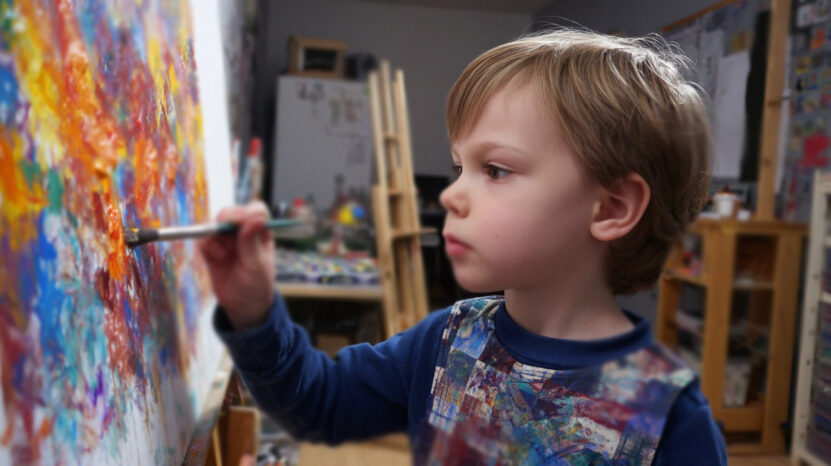
Painting holds a powerful position in education when integrated thoughtfully with other subjects.
It moves past the idea of being a stand-alone creative exercise and becomes a dynamic tool for reinforcing academic concepts, improving engagement, and fostering lifelong skills.
It also serves as a cultural bridge, helping students connect with different traditions and perspectives, which strengthens empathy and adaptability.
Cross-Disciplinary Applications (STEAM)
In STEAM-based education, art serves as a vital element that ties together technical knowledge with creative interpretation.
Painting can transform abstract concepts into tangible visuals that are easier for students to comprehend and remember.
When learners illustrate chemical reactions, create diagrams of ecosystems, or visualize mathematical theories through artistic interpretation, they reinforce their understanding while practicing creativity.
- Designing illustrated timelines of scientific discoveries
- Creating painted models to visualize geometric shapes and proportions
- Depicting engineering projects or architectural designs with color-coded diagrams
- Representing data sets through artistic infographics for clearer analysis
Painting also strengthens critical thinking by encouraging students to interpret academic material creatively.
Cultural Awareness and Inclusivity
Art serves as a universal language, and painting provides an accessible medium to explore traditions, stories, and values from around the world.
By studying the painting styles, motifs, and techniques of various cultures, students learn to appreciate differences while identifying common threads in human expression.
Creating artworks inspired by these influences fosters empathy, respect, and a willingness to engage with perspectives outside their own.
- Recreating patterns and symbols from indigenous art to learn their historical significance
- Painting scenes inspired by global festivals, customs, and traditions
- Collaborating on multicultural art projects that combine elements from multiple heritages
- Discussing the cultural context behind famous artworks to deepen interpretation skills
Through these activities, students strengthen their problem-solving abilities by learning to navigate different worldviews, adapt to unfamiliar contexts, and communicate across cultural boundaries.
This skill set is increasingly important in today’s interconnected environment, where collaboration with people from varied backgrounds is a regular part of education and future careers.
The Bottom Line
Painting offers far more than artistic skill. It develops decision-making, strategic thinking, adaptability, emotional intelligence, and collaborative abilities, all essential for effective problem-solving.
Educational systems benefit greatly when the visual arts hold a central place in the curriculum.
Encouraging more painting in classrooms not only nurtures creativity but also builds a generation of learners ready to face complex challenges with confidence and imagination.
Related Posts:
- How Automation Improves Teacher Productivity in Schools
- How to Improve Your Reading Comprehension Skills in College
- 10 Benefits of Integrating Technology into Education…
- What Is Multimodal Learning and How Does It Enhance…
- How Data Literacy Can Transform Patient Education
- 9 Ways Remote Learning Is Changing Healthcare Education

